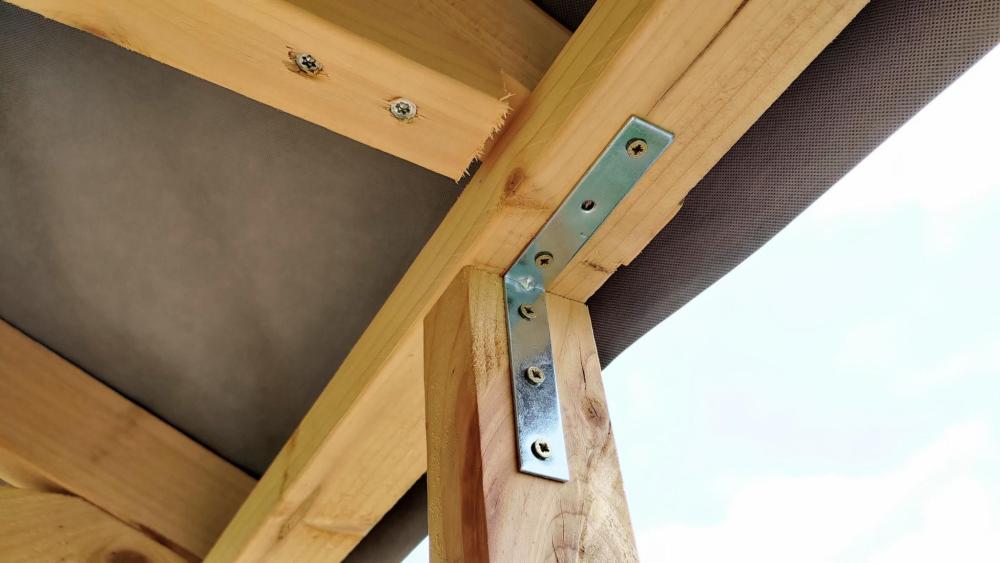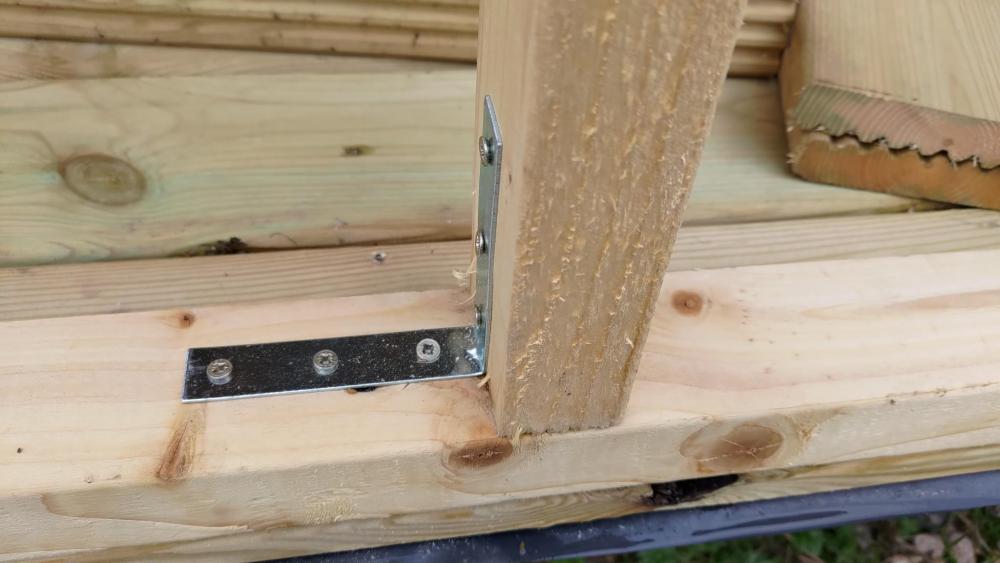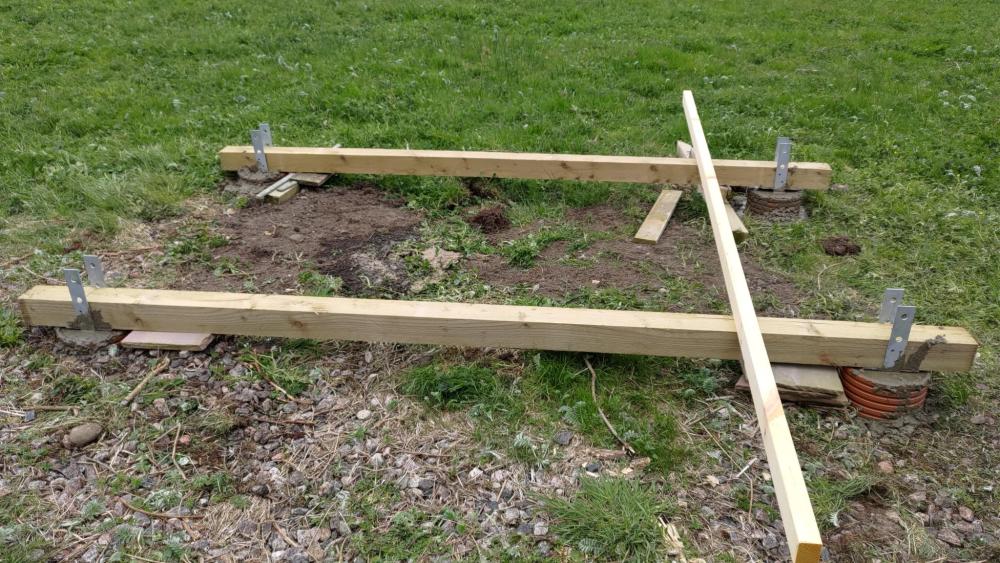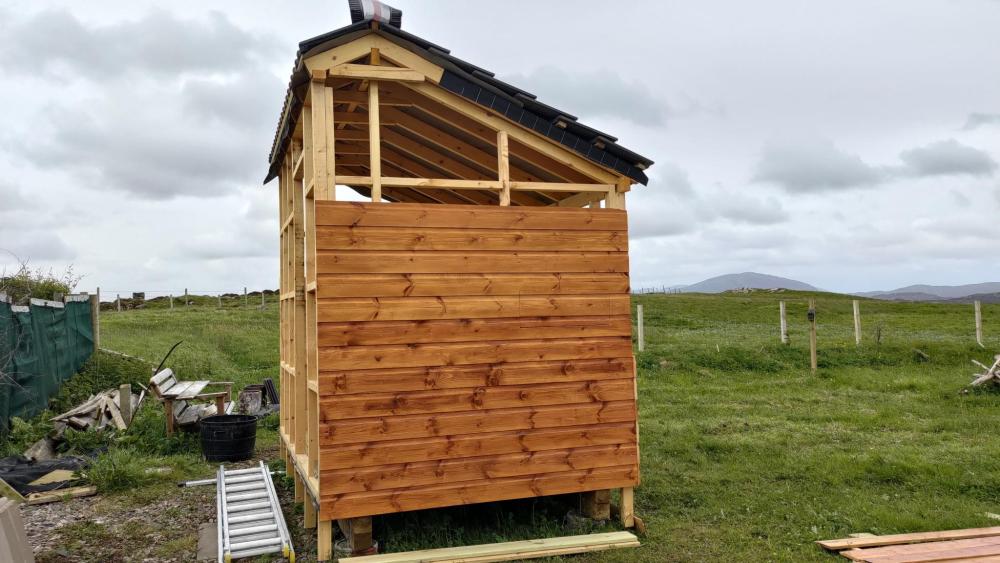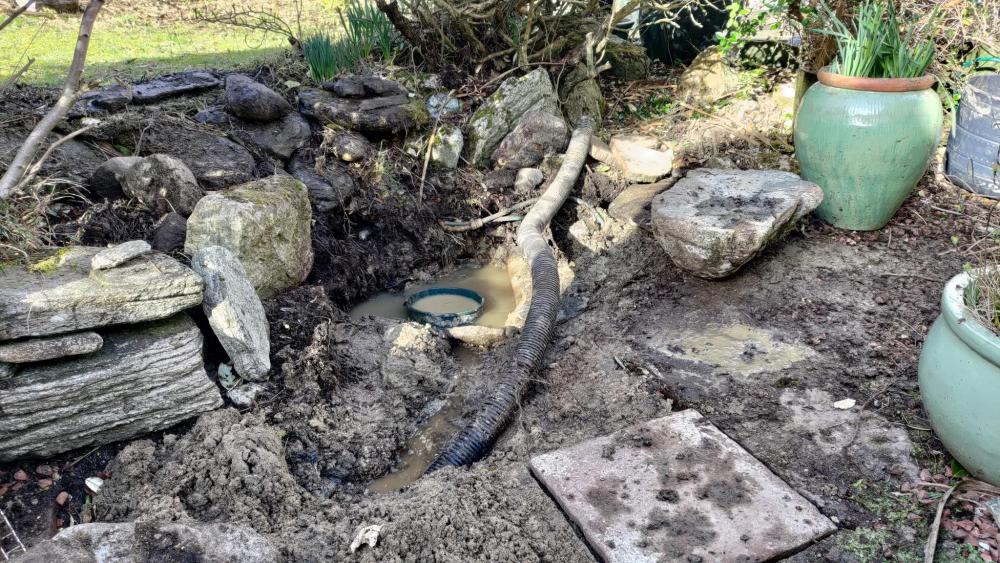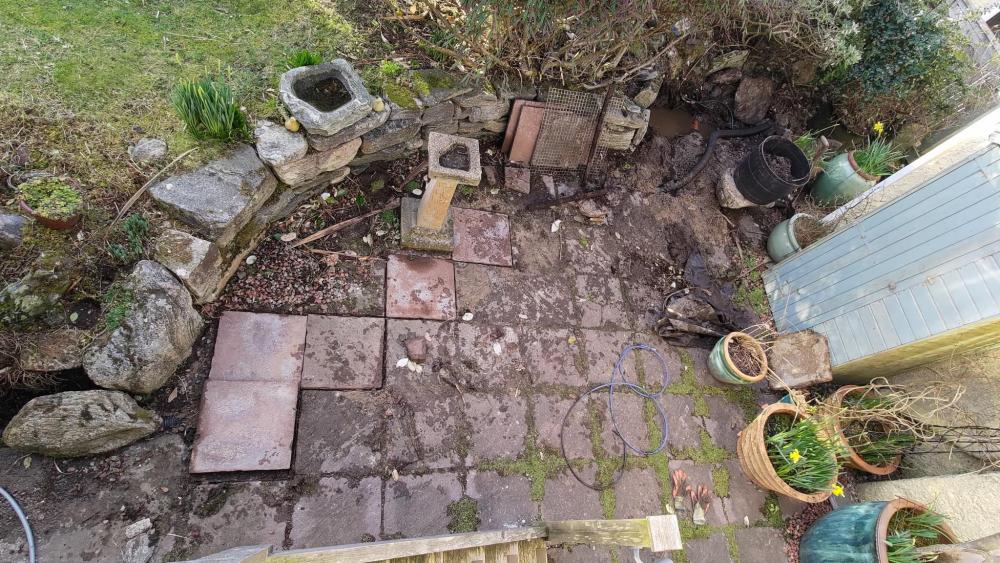
sniederb
Members-
Posts
31 -
Joined
-
Last visited
Personal Information
-
Location
Isle of Lewis
Recent Profile Visitors
The recent visitors block is disabled and is not being shown to other users.
sniederb's Achievements

Member (3/5)
2
Reputation
-
Stuck-on balcony causing water dripping down house wall
sniederb replied to sniederb's topic in General Construction Issues
Thanks @ProDave, @Iceverge and @Redbeard, I'll give the "get it off the wall"-idea some thought. -
Stuck-on balcony causing water dripping down house wall
sniederb replied to sniederb's topic in General Construction Issues
The > you'd want some sort of flashing / sill along the wall to direct water off the building. part is pretty much my issue, I don't see how to squeeze anything in there. -
Stuck-on balcony causing water dripping down house wall
sniederb replied to sniederb's topic in General Construction Issues
I got lost in the details without giving the big picture, my apologies. The green net prevents birds from hitting the glass, as I'm sure you were wondering. The Velux are from left to right: window + door to access the balcony, then two further windows. Between window+door and the other two windows there's a small down-gutter-whatnot. It's in the vertical of that gutter-thingy where most water accumulates. -
At some point in the past, our old stone house was gifted a DIY balcony. The balcony is attached to the house using a few beams strong-tied to another beam secured to the wall. Apparently back then, drainage was not something worth considering. We now have the effect of water running down our slanted roof, collecting between two Velux and then dripping down the wall. The pictures show how all wood involved is becoming more and more of a hazard. Tearing down the entire balcony is not an option (tempting, though). I'm looking for an idea how to get the water away from the wall, but I'm a bit stumped. One idea would be cut out a half-circle on each beam to run a small gutter through (image with the red drawing on it), but I'm not sure how structurally risky that is. Any ideas would be appreciated. Simon
-
Are these (leaking) Velux installed correctly?
sniederb replied to sniederb's topic in Windows & Glazing
Can't help the urge to set this straight ... I'm with you 100%. I'm not challenging any of the statements above. I have zero experience in fitting windows, so I don't have the eye for all the things that have been pointed out. So many things in our house have been "fitted by a muppet", and I feared these Velux would just be another example. Unfortunately they are. As for what next, again I'm completely with you, the right thing to do is re-fit them correctly. The only reason there's hesitation is that we've had quite a few very upsetting experiences with tradesmen here, but that's really a discussion for another day and another place. Please don't feel like I'm questioning or challenging your feedback. On the contrary, I'm very grateful for the education, and really appreciate you taking the time to answer questions. -
Are these (leaking) Velux installed correctly?
sniederb replied to sniederb's topic in Windows & Glazing
What confounded me is that there's no bent or loose pieces, no missing screws, everything looking pretty much like it's supposed to be, and yet they leak. So I was hoping to learn if the installation overall is botched or not, and that has been clearly answered. What to do next is a completely different story, I'll have to think about that for a while. My preference would be to replace everything with fixed (=non-opening) skylights, but getting good tradesmen here is rather difficult. At least now I understand the situation, what to do next is a whole new discussion (not for here). -
Are these (leaking) Velux installed correctly?
sniederb replied to sniederb's topic in Windows & Glazing
These are images I currently have, am happy to take more tomorrow if needed. Looking at the one from the side, maybe these are actually a "recessed installation"? -
Are these (leaking) Velux installed correctly?
sniederb replied to sniederb's topic in Windows & Glazing
Thanks for your reply! I believe these windows would be "standard installation" (as opposed to "recessed installation") with an EKW flashing. Looking at the EKW installation guide, I can't make out how the flashing at the bottom is supposed to look like. When the window is closed, that groove isn't that bad (see image), but I'm sure water still accumulates there. If we have heavy rain, but it's coming down more or less straight, the windows are fine. The leaks are only on almost horizontal rain. I feel this flashing/tile groove would be an issue for all types of rain. -
We have a roof with three Velux windows which leak under certain conditions. The windows face south, and whenever we have strong winds from the south-west with driving rain, the windows leak. I had a look today and can't tell if the windows have been installed properly or not (very few things in this house have been done properly in the past). "image_1.jpg" shows what the corners look like, to me that indicates water. "image_2.jpg" shows what the window looks like slightly open, and "image3_jpg" shows the front of the window almost closed. In "image_4.jpg" I've attempted a schematic of what I think is happening. The rubber seal (marked "A") rests in the bottom of a ledge, and that ledge is not sealed towards the outside. There are metal guards covering it, but with proper wind and rain there will be water ingress, which then fills up the ledge (the blue circle), and eventually leaks underneath the rubber seal. "image_3.jpg" shows how there's a gap between window and frame, and the rubber seal which will sit on the bottom of the ledge. Before I start the creative process of finding a way to seal this ... could someone tell me if these Velux are installed correctly? I can't see anything obviously bent or out of place, but find it hard to believe that this water ingress is by design. Thanks, Simon
-
An update to this thread. I've put in 4 piers, each about 50cm deep and filled with concrete. 4x4s are the supporting beams, onto which our timber frame is built. The roof ridge is at about 2.5m. Now a local builder is telling me that those pier won't withstand the winter gales here (80mph wind is not uncommon, two years ago a gust was measured at 100mph). He recommends weighing down the frame with either large concrete blocks or gabions. I definitely won't disregard advice from a local builder, but the same time those concrete piers were the whole point of securing the shed. Any thoughts on this?
-
Our back garden has a patio right by the house, surrounded by grass which is raised above the patio by about half a meter. There's a path along the house, crossing the patio and then along the house again. The patio is at the lowest point of both path segments, and as such the default place where water pools. There's a pipe at one end of the patio, clearly for drainage, but that seemed clogged. Some lifting of flagstones revealed the layout of the drainage (French drain kind of thing), the far end was completely full of mud. However, looking at the area where the drain led to, it seems we have a combo of lowest point of the back garden + clay preventing water draining. One image shows the patio layout, the black drainage pipe can just be seen at the left, and then coming out again at the right where the black bucket is. The other image shows our involuntary pond, which holds water even after days without rain. So our situation is: water seeps to the lowest point of our back garden. That lowest point happens to be on clay, and holds water for days with hardly any drainage. Putting in a proper drainage leading away from the entire back garden would require heavy equipment, as everything around is at least 50cm higher (some areas more like 80cm). How can we get rid of that water? The only thing I can think of is a pump, but that seems a bit silly. I'm stumped.

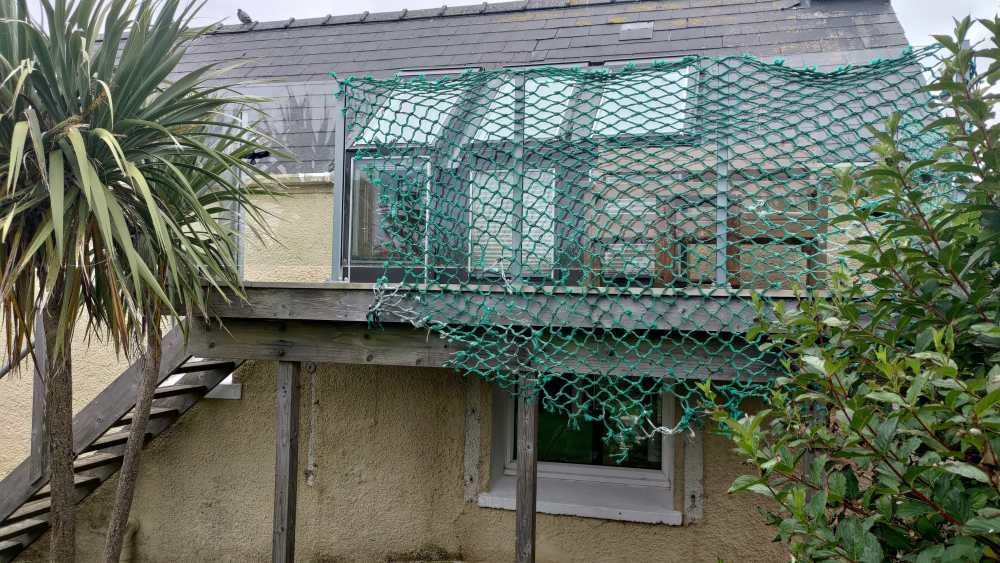

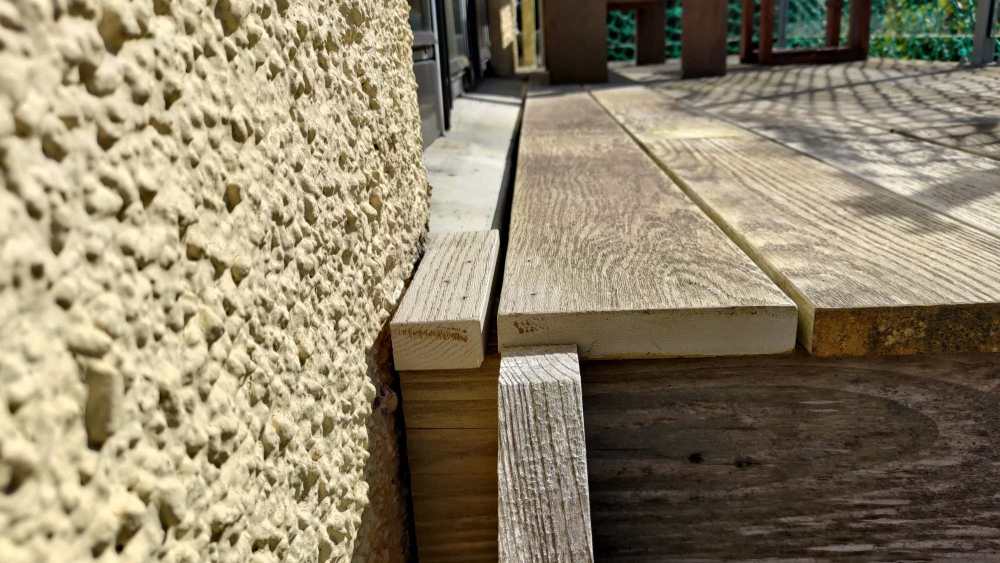
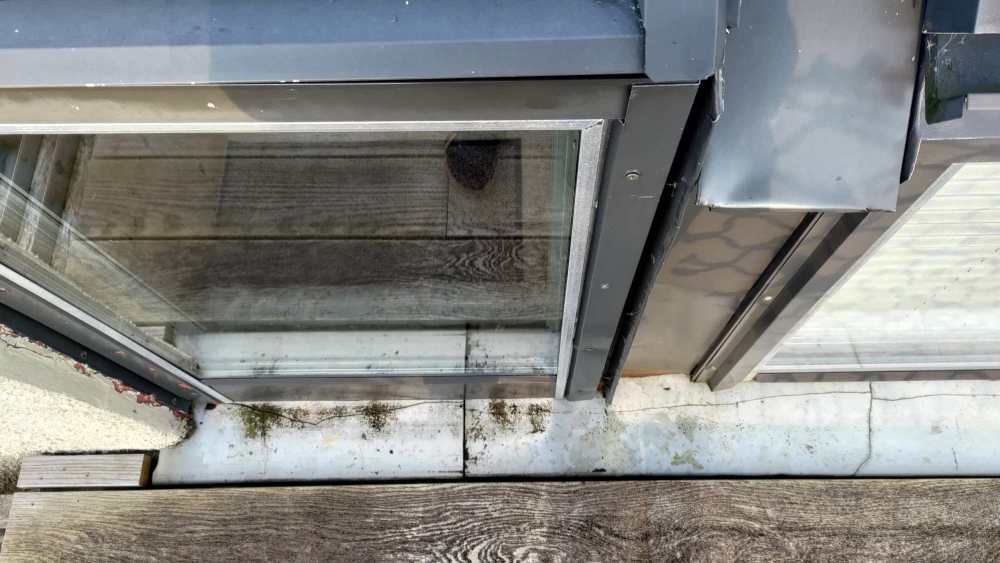
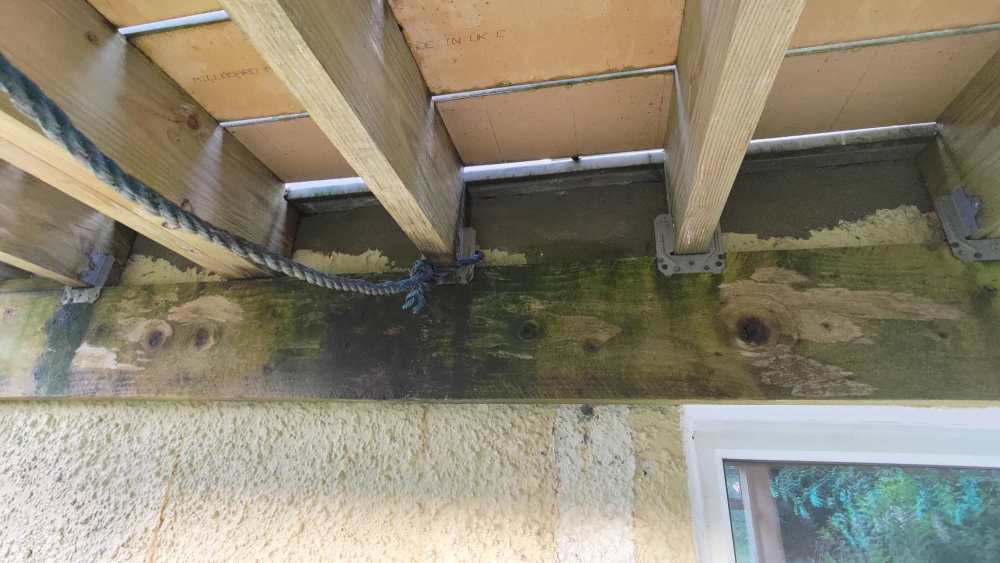
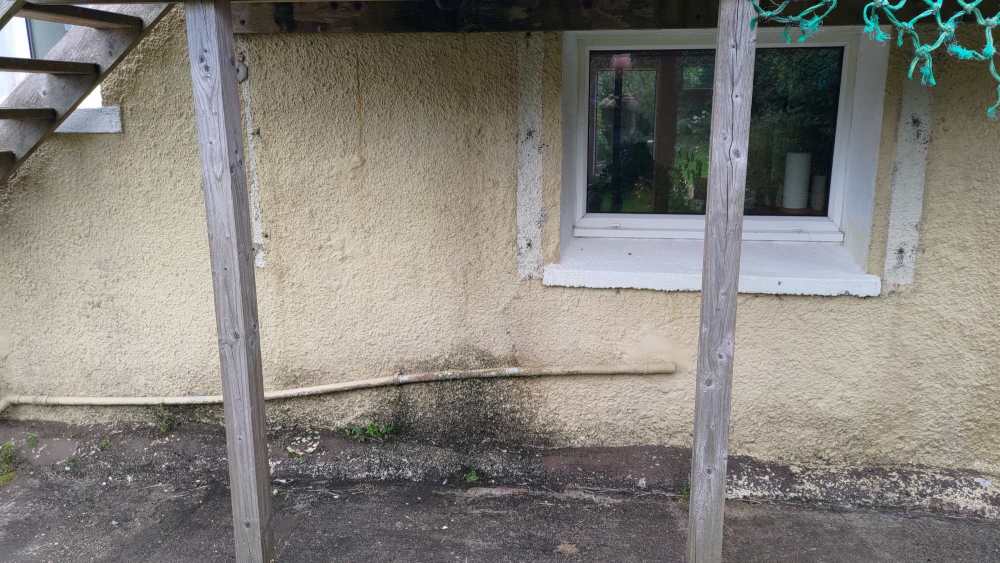
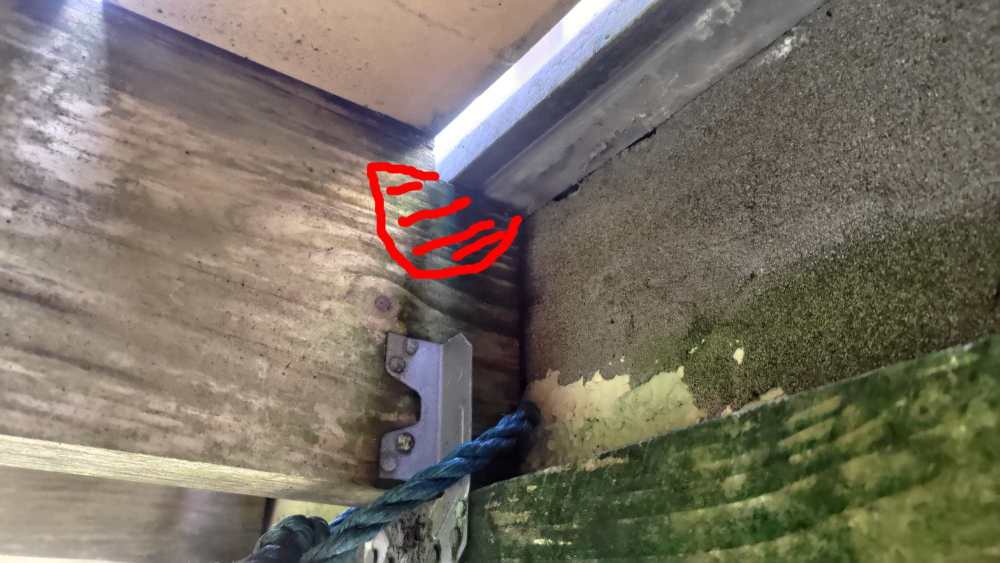

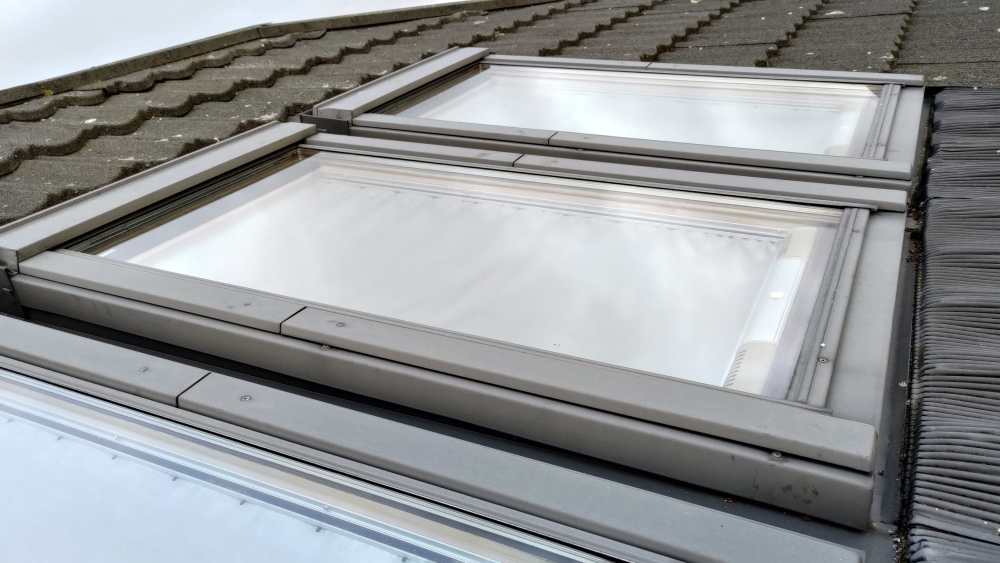

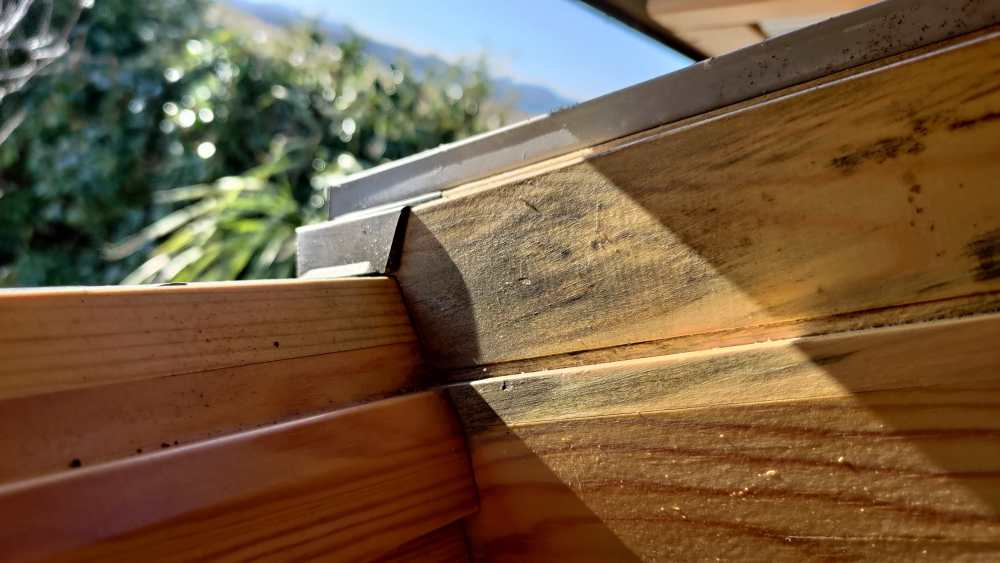
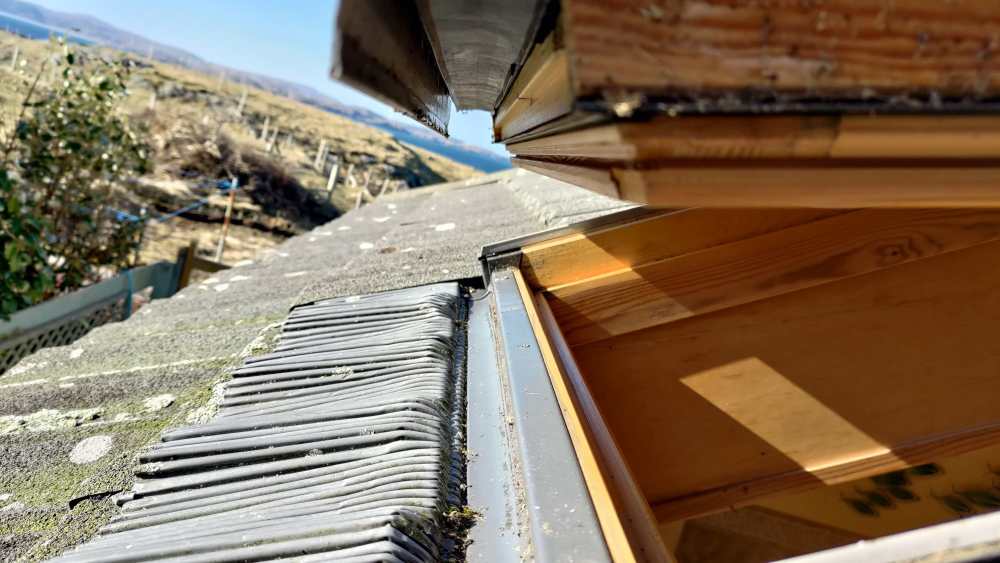
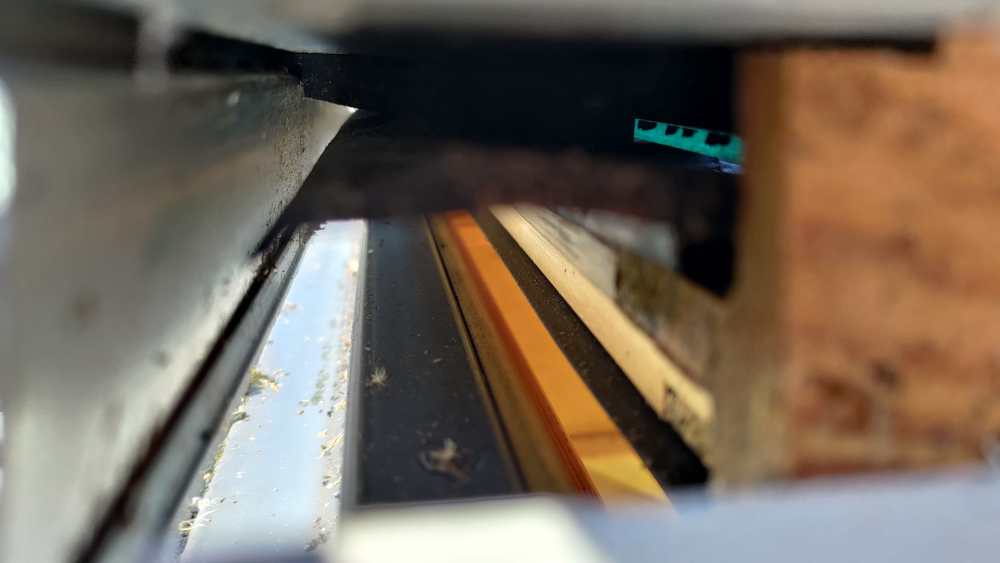
.thumb.png.c0f1edb08216d6e59caf894e0b47c842.png)
